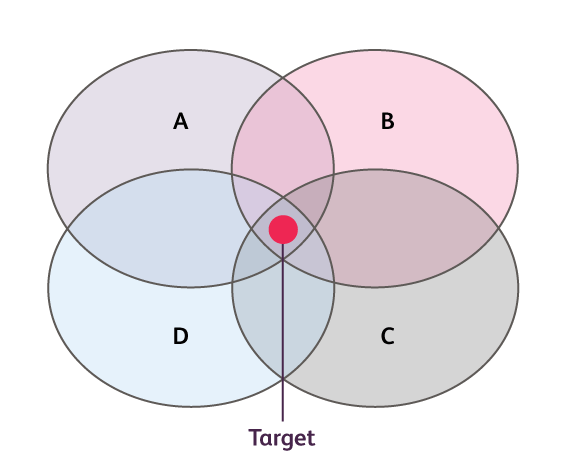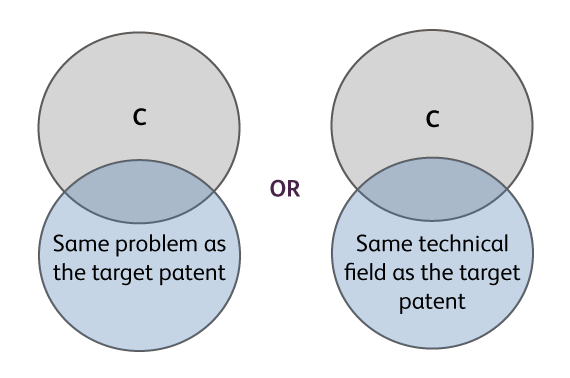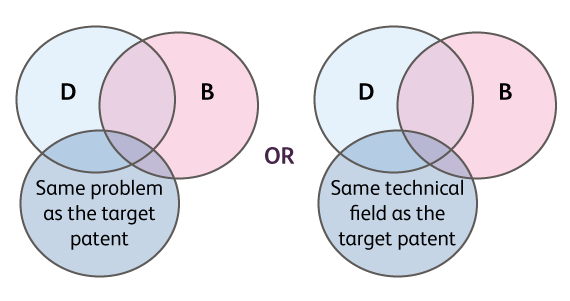The Challenge
In the telecommunication industry, the use of standardized technologies such as GSM, UMTS, LTE, and 5G is very prominent. This is because of the obvious benefits which are provided by the standardized technology such as improved market access, reduced costs, simplified contractual agreements, increased competitiveness, and innovative efficiency, etc. Along with these benefits, there comes a cost of using standardized technology in the products and patent analysis. This cost is because of the use of intellectual property owned by the standard developing companies.
Many times, a situation arises when the intellectual property owners demand exorbitant patent licensing fees for the use of their intellectual property, which directly cuts into the profits of the licensee. This issue is further aggravated when the licensor tries to enforce exaggerated numbers of patents, most of which are either not essential to the standards or essential but not valid. These issues are covered in the articles Four Common Myths About Standard Essential Patents and How to Prepare to Negotiate With SEP Holders for Patent Licenses
The client’s situation
Our client, a leading smartphone manufacturer, approached us for help in evaluating the patent portfolio of a prominent licensor in the telecommunication industry, the patent portfolio included a diverse set of 100 US patents alleged to be essential to UMTS, LTE, 5G, HEVC, WLAN, AMR-WB, and EVS standards. Claim charts were also provided for proving – essentiality to the targeted standards and the meeting was scheduled in three months’ time. It was an uphill task for the client to evaluate all the claim charts and conduct prior art searches for all the patents in such a short duration of time. The client was looking for a team of experts who can synergistically collaborate with their in-house IP team, and come up with an analysis that the client can readily use during the scheduled licensing negotiation meeting.
Our Solution
Our team created a custom methodology for claim charts and patent analysis evaluation in such a manner that responsibilities were divided between the client’s in-house team and our team. Below are the glimpses of the approach step-by-step:
- Establishing the IT support for remote viewing of claim charts stored on the client’s servers by the Evalueserve team.
- Claim Chart Evaluation: Our team evaluated all the 100 claim charts from various angles such as patent file history, claim term enablement, standard text, the flow of claim clauses vis-à-vis standard specification, etc. to identify the gaps in the claim mapping. Each claim chart was provided ratings (based on the extent of overlap with the standard specification) for evaluation by the client’s in-house team. The analysis of 100 patents was divided into 4 batches of 25 patents and results were delivered batch-wise so that client’s team can start the evaluation in parallel.
- Communication 1: After the delivery of each batch, a workshop at the client’s office was conducted to share the findings with the client’s team. This saved a lot of time for the client’s in-house team.
- Step-wise approach for prior art search: Evalueserve has developed a robust phase-wise approach for conducting prior art searches and has tested the success of this approach by implementing this approach on multiple projects over the years. We implemented the below-mentioned phase-wise approach to conduct prior art searches for the different batches of the patents
| Phases of the search | Search scope | Example of search strategy |
|---|---|---|
| Phase 1 | Targeting only USC 102 / X |  |
| Phase 2 | Identifying new Y or USC 103 prior art which can be combined with examiner cited references or references identified in Phase 1 | Assuming feature C is novel as per prosecution history analysis –  |
| Phase 3 | Identifying completely new Y or USC 103 combinations | Focused search strategies to identify new Y or USC 103 combinations, based on the output of Phase 2 and also new search strategies run in Phase 3 for other features – A, B and D. An example – |
To understand our prior art search approach in detail, please refer to the following blogs:
- Conducting an opposition search that maintains budget, recall and precision
- Exhausted by exhaustive research? How logically scoping the search generates the best results
-
Meeting Document Search: Special emphasis was provided to the meeting document search and prior version evaluation of the target standard specification. Proprietary techniques were used to conduct efficient meeting document searches.
-
Communication 2: The prior search reports – especially the output of each phase of the search – were discussed in a video conference for a quick briefing to the in-house team so that they can make appropriate arguments for the scheduled meeting with the SEP holder. For a few patents, we provided additional search to increase comprehensiveness / recall of the search.
-
Increasing recall through native language search – for patents mutually decided by the client and us, we performed additional searches in various native languages to increase recall and find additional USC 102 or USC 103 documents. The searches were conducted in Chinese, Japanese, German and French languages.
Business Impact
The synergistic approach of Evalueserve’s patent analysis helped the client in saving significantly from the licensing fee payment because only a fraction of the patents were identified to be essential and valid. Our clear and transparent processes enabled the client’s in-house team to not only understand the whole process but also expedite the analysis to meet the timeline. Also, because of the fact-based non-infringement and invalidity arguments, the client was able to convince the licensor – avoiding the cost of patent litigation. The deal was signed amicably between the parties.
Synergistic Approach
Clear communication and division of tasks for the expedited analysis
Robust Prior art search processes
A customized prior art search process for telecommunication standards
Technology diversity and Scale
A clear understanding of complex telecommunication standards and a larger team to take up bigger tasks
Talk to One of Our Experts
Get in touch today to find out about how Evalueserve can help you improve your processes, making you better, faster and more efficient.